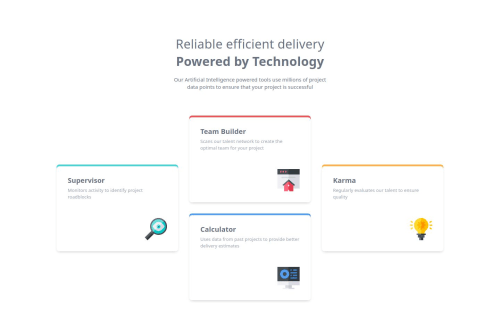Responsive cards using tailwindcss and react

Solution retrospective
I am quite happy to have used inset on the box-shadow on top of the card as I haven't really used inset too much.
I also finally played around with tailwindcss grids as I usually went straight back to CSS for that...
I passed in numerous different tailwindcss as props to make the cards more reusable.
What challenges did you encounter, and how did you overcome them?I spent quite some time experimenting with tailwindcss and encountered all manner of issues with the difference between grid-rows-[4] and grid-rows-4.
It also took a bit of playing around to get the CSS passed in as props working!!
What specific areas of your project would you like help with?I am curious about feedback in general.
Please log in to post a comment
Log in with GitHubCommunity feedback
No feedback yet. Be the first to give feedback on Coinnich's solution.
Join our Discord community
Join thousands of Frontend Mentor community members taking the challenges, sharing resources, helping each other, and chatting about all things front-end!
Join our Discord